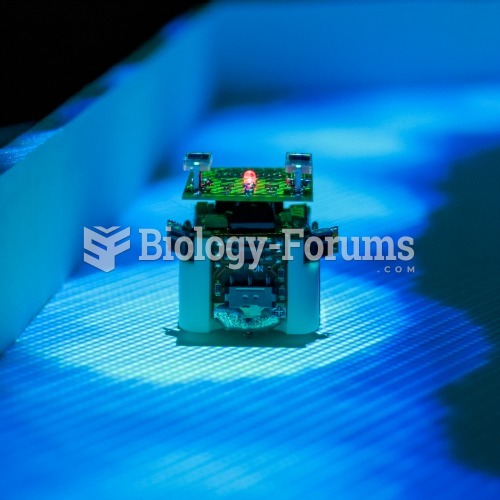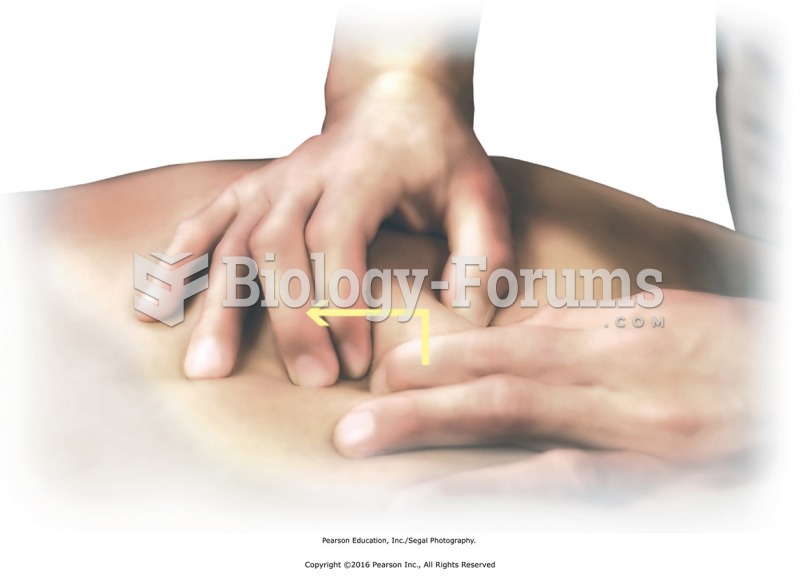|
|
|
Malaria mortality rates are falling. Increased malaria prevention and control measures have greatly improved these rates. Since 2000, malaria mortality rates have fallen globally by 60% among all age groups, and by 65% among children under age 5.
More than 4.4billion prescriptions were dispensed within the United States in 2016.
A cataract is a clouding of the eyes' natural lens. As we age, some clouding of the lens may occur. The first sign of a cataract is usually blurry vision. Although glasses and other visual aids may at first help a person with cataracts, surgery may become inevitable. Cataract surgery is very successful in restoring vision, and it is the most frequently performed surgery in the United States.
Not getting enough sleep can greatly weaken the immune system. Lack of sleep makes you more likely to catch a cold, or more difficult to fight off an infection.
Oliver Wendell Holmes is credited with introducing the words "anesthesia" and "anesthetic" into the English language in 1846.
 The S-curve in the human vertebral column--a result of the evolution of bipedality--makes humans hig
The S-curve in the human vertebral column--a result of the evolution of bipedality--makes humans hig
 Mujahideen in Afghanistan stand on top of a Soviet helicopter shot down with U.S.-supplied Stinger ...
Mujahideen in Afghanistan stand on top of a Soviet helicopter shot down with U.S.-supplied Stinger ...
 Effect-log dose curve for the analgesic action of three narcotics and aspirin. Hydromorphone is more ...
Effect-log dose curve for the analgesic action of three narcotics and aspirin. Hydromorphone is more ...




